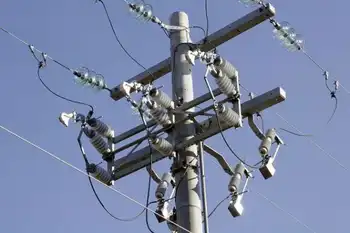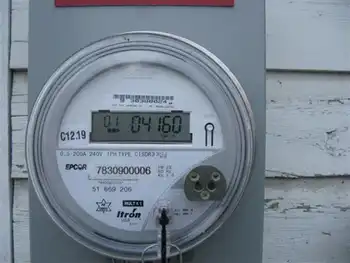CaGBC and BC Hydro collaborate on green building
“Buildings account for 30 percent of Canada’s greenhouse gas emissions. There’s an opportunity to dramatically reduce these levels, by improving the way we design, build, operate and occupy our buildings,” said Thomas Mueller, President and CEO of the CaGBC. “The key is a cross-sector commitment and collaboration. We’re delighted to partner with BC Hydro to help facilitate building performance improvements across the province.”
The two organizations will work together to: develop customer-focused programs for energy conservation for buildings; increase the number and skill level of industry professionals focused on energy efficiency through joint training programs; create demonstration projects featuring sustainable communities and energy infrastructure; and look for opportunities to promote the LEED green building rating system in conjunction with Power Smart.
“Conservation will play a key role in helping us meet our province’s future electricity needs. We need to be innovative to overcome barriers to the adoption of conservation,” said Bev Van Ruyven, BC Hydro’s executive vice-president of Customer Care and Conservation. “We are thrilled to partner with the CaGBC – they are known as leaders in advancing energy conservation across Canada.”
Both the CaGBC and BC Hydro share common goals around improving the energy efficiency of buildings and promoting a conservation culture. The CaGBC has a goal to improve the performance of 100,000 commercial buildings and one million homes in Canada by 2015, with a verified 50 percent reduction in energy and water use from a 2005 baseline. BC Hydro is working to make BC electricity self sufficient by 2016 and will meet 50 percent of new electricity demand through conservation by 2020.
Related News

Energy-hungry Europe to brighten profit at US solar equipment makers
NEW YORK - Solar equipment makers are expected to post higher quarterly profit, benefiting from strong demand in Europe for critical components that convert energy from the sun into electricity.
The continent is emerging as a major market for solar firms as it looks to reduce its dependence on the Russian energy supply and accelerate its clean energy transition, brightening up businesses of companies such as Enphase Energy (ENPH.O) and SolarEdge Technologies (SEDG.O), which make solar inverters.
Wall Street expects Enphase and SolarEdge to post a combined adjusted net income of $323.8 million for the April-June quarter, a 56.7% jump from a…





